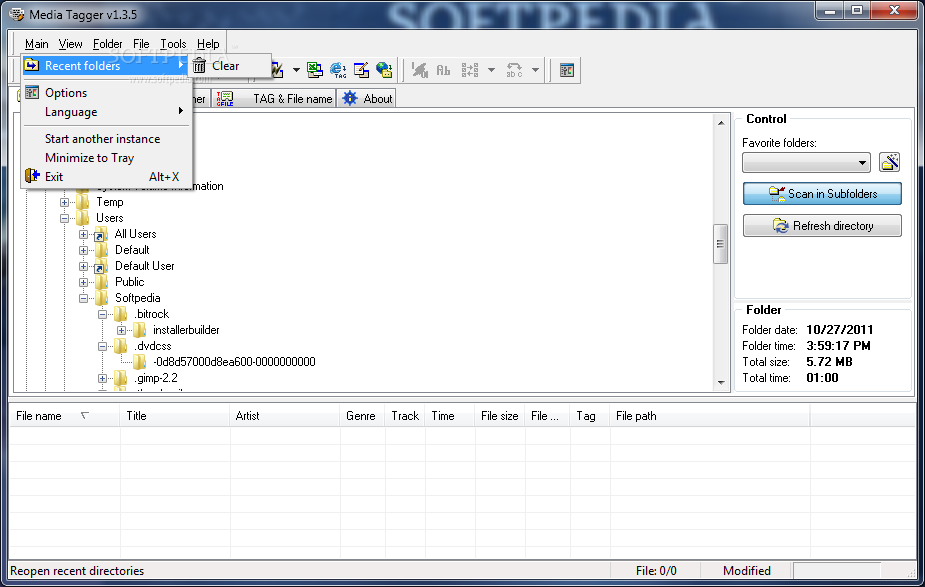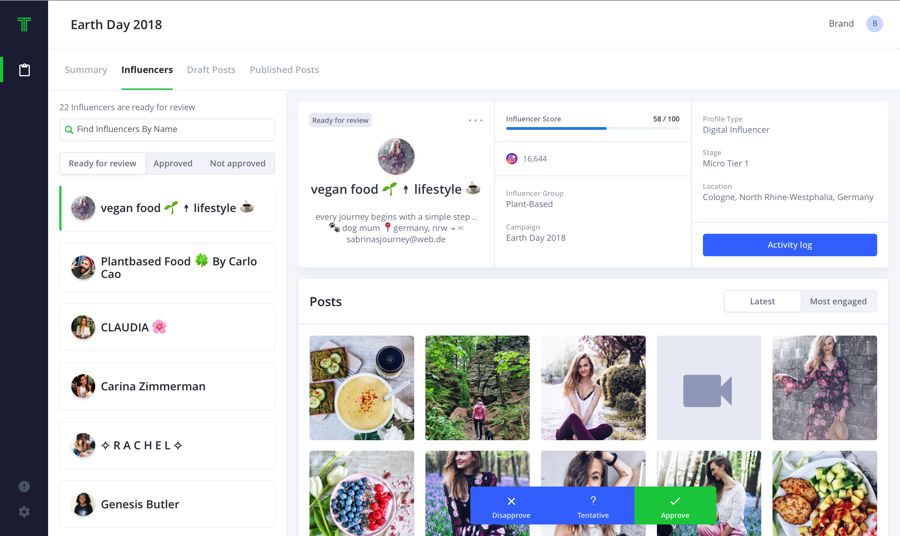
In the field of remote sensing the geotagging goal is to store coordinates of every pixel in the image. Almost any digital camera can be coupled with a stand-alone GPS and post processed with photo mapping software, to write the location information to the image's exif header. Traditional GPS tends to use more battery power. Traditional GPS does not need cell phone towers and uses standard GPS signals outside of urban areas. A-GPS can be faster getting an initial fix if within range of a cell phone tower, and may work better inside buildings. A few digital cameras also have built-on or built-in GPS that allow for automatic geotagging.
#Tagger media location software#
Others may have the GPS chip and camera but do not have internal software needed to embed the GPS information within the picture. Most smart phones already use a GPS chip along with built-in cameras to allow users to automatically geotag photos.

Because of the requirement for wireless service providers in United States to supply more precise location information for 911 calls by September 11, 2012, more and more cell phones have built-in GPS chips.

In order to capture GPS data at the time the photograph is captured, the user must have a camera with built in GPS or a standalone GPS along with a digital camera. Two main options can be used to geotag photos: capturing GPS information at the time the photo is taken or "attaching" geocoordinates to the photograph after the picture is taken. The map layout pin points specific photos that the user has taken on a world map. Instagram uses a map feature that allows users to geotag photos. Users may also use a feature that allows them to find nearby Facebook friends by generating a list of people according to the location tracker in their mobile devices.

Geotagging is a popular feature on several social media platforms, such as Facebook and Instagram.įacebook users can geotag photos that can be added to the page of the location they are tagging. Such techniques can be used together with geotagging to provide alternative search techniques. The related term geocoding refers to the process of taking non-coordinate-based geographical identifiers, such as a street address, and finding associated geographic coordinates (or vice versa for reverse geocoding). The geographical location data used in geotagging can, in almost every case, be derived from the global positioning system, and based on a latitude/ longitude-coordinate system that presents each location on the earth from 180° west through 180° east along the Equator and 90° north through 90° south along the prime meridian. Geotagging can tell users the location of the content of a given picture or other media or the point of view, and conversely on some media platforms show media relevant to a given location. Geotagging-enabled information services can also potentially be used to find location-based news, websites, or other resources. For instance, someone can find images taken near a given location by entering latitude and longitude coordinates into a suitable image search engine. Geotagging can help users find a wide variety of location-specific information from a device. This data usually consists of latitude and longitude coordinates, though they can also include altitude, bearing, distance, accuracy data, and place names, and perhaps a time stamp. Geotagging, or GeoTagging, is the process of adding geographical identification metadata to various media such as a geotagged photograph or video, websites, SMS messages, QR Codes or RSS feeds and is a form of geospatial metadata. Geotag information in a JPEG photo, shown by the software gThumb Geotag information stamped onto a JPEG photo by the software GPStamper Geotagger "Solmeta N2" for the Nikon D5000 DSLR

For information on geotagging content on Wikipedia, see Wikipedia:WikiProject Geographical coordinates.


 0 kommentar(er)
0 kommentar(er)
